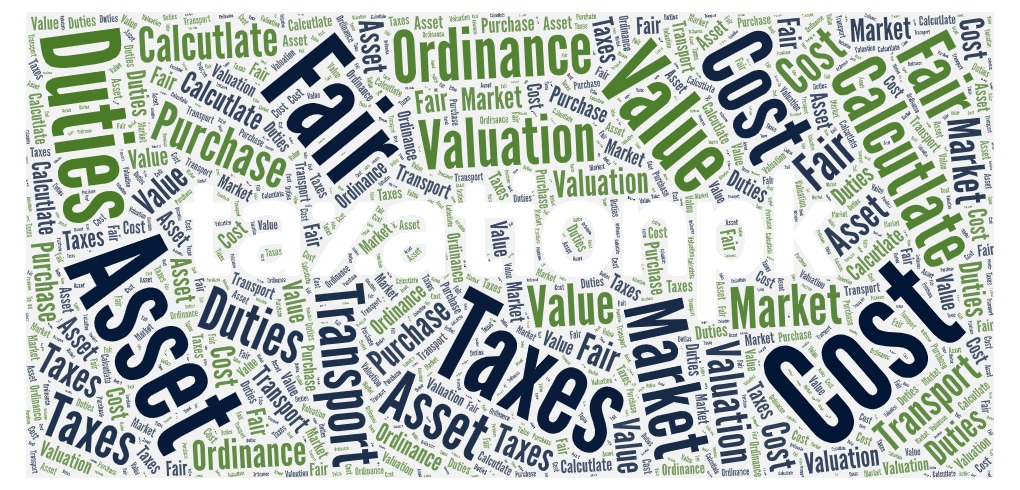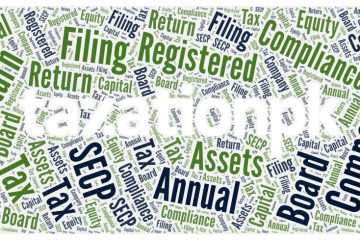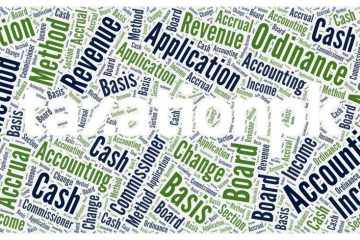The Income Tax Ordinance, 2001, provides a framework for determining the cost of an asset for tax purposes. This is a crucial step in calculating depreciation and determining capital gains tax liability. Let’s break down the key aspects of this section to help you understand how to calculate the cost of your assets.
1. Core Components of Asset Cost:
Purchase Price: The primary component of an asset’s cost is the purchase price paid to buy the asset.
Incidental Expenses: This includes any expenses incurred during the acquisition and disposal of the asset, such as transportation costs, import duties, and legal fees e.g vehicle registration taxes make up as cost of vehicle.
Improvements and Alterations: Any expenses incurred to improve or alter the asset after its purchase are also included in the cost.
2. Foreign Currency Loans:
If you acquired an asset using a foreign currency loan, you need to account for fluctuations in the exchange rate. Any increase in your loan liability due to currency fluctuations is added to the asset’s cost, while a decrease reduces the cost.
3. Assets Produced or Constructed:
For assets produced or constructed by your business, the cost includes all production or construction costs, along with any incidental expenses.
4. Apportionment of Cost:
If you dispose of a portion of an asset, the original cost needs to be apportioned between the retained and disposed-of parts based on their fair market values at the time of acquisition.
5. Treatment of Grants and Subsidies:
Generally, grants, subsidies, and other forms of assistance received in connection with the acquisition of an asset reduce the cost of the asset. However, if the assistance itself is taxable, it may not reduce the cost.
6. Board’s Authority:
The Federal Board of Revenue (FBR) has the authority to prescribe specific rules for determining the cost of certain assets.
Key Considerations for Taxpayers:
Accurate Record Keeping: Maintain accurate records of all expenses related to the acquisition, improvement, and disposal of your assets.
Understanding Section 76 is crucial for accurate tax calculations and compliance. By carefully considering the factors outlined in this section, you can ensure that your asset costs are determined correctly, which will have a significant impact on your tax liabilities.







